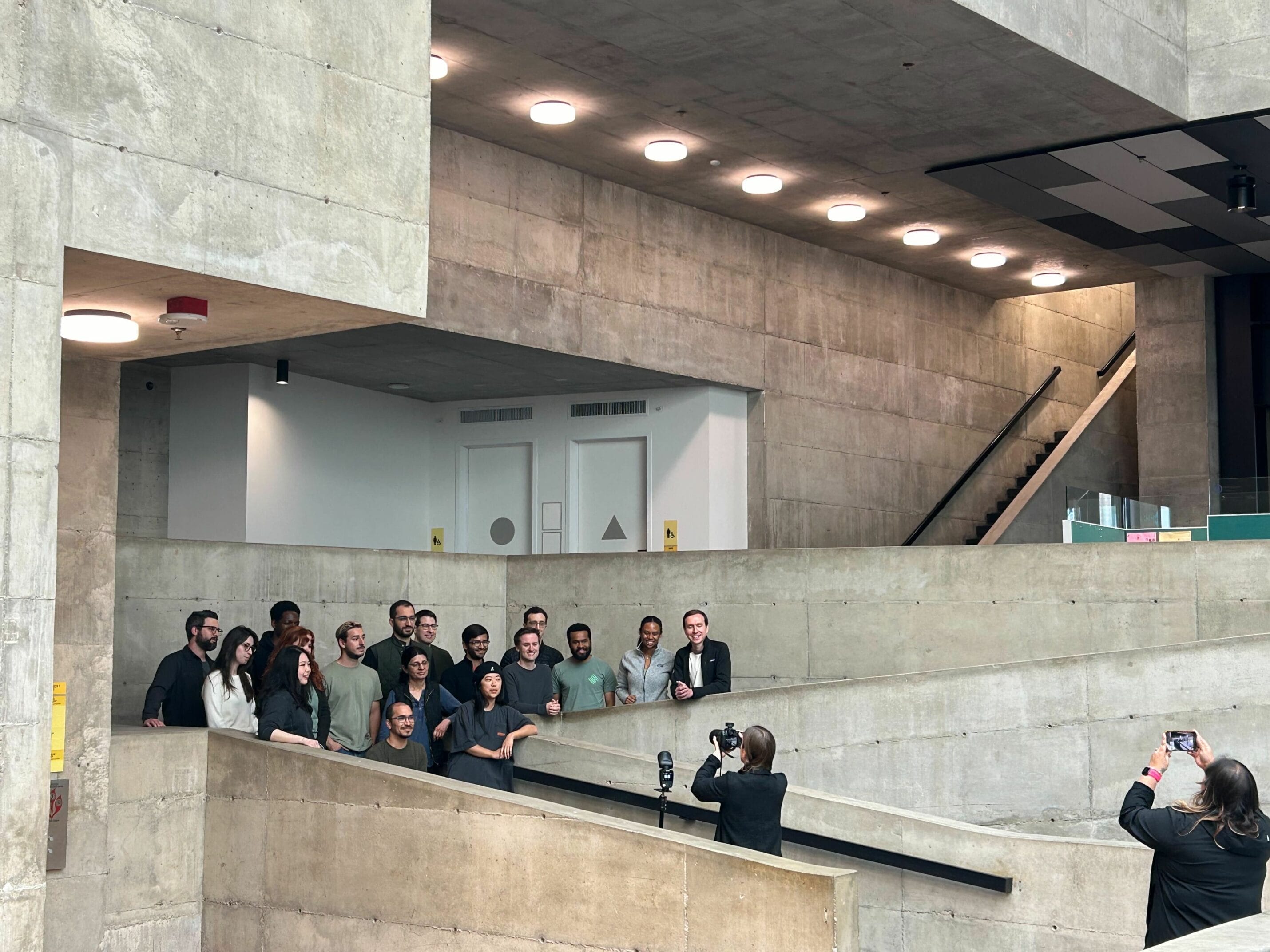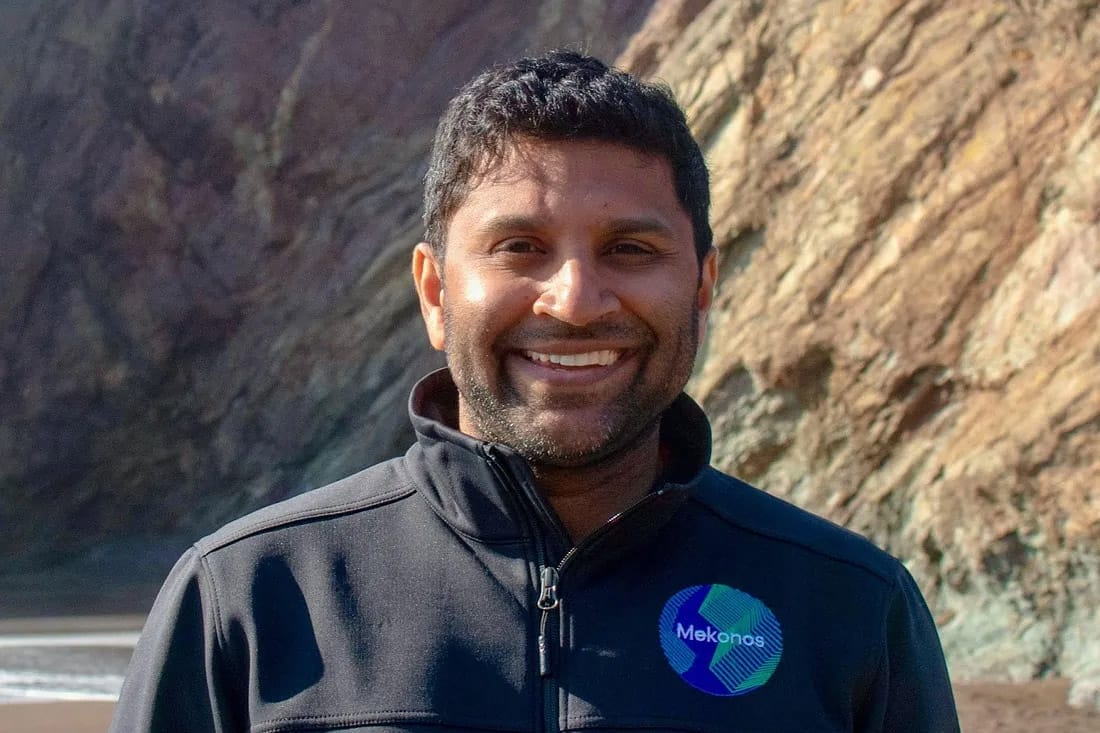On a Personal Mission for His Daughter, Paul Bresge Launches Another Eye Disease Biotech With $100M for Ray Therapeutics
From Endpoints News.
As Paul Bresge’s former ophthalmology biotech gears up for a Phase III cell therapy study in retinitis pigmentosa, he’s out with another drug development startup, this time tackling the rare, degenerative retinal disease with a gene therapy expected to enter a Phase I trial next year.
To get there, and launch the global clinical trial of RTx-015, Ray Therapeutics has raised $100 million in Series A funds that will also bankroll an expansion into a rare, genetic eye disease known as Stargardt’s as well as geographic atrophy, a leading cause of blindness for which there is now a treatment, as of February’s Apellis Pharmaceuticals approval.
The story is personal for Bresge. His middle daughter was diagnosed with RP in 2010 and he went on to found cell therapy maker jCyte, which partnered with CDMO Center for Breakthrough Medicines last fall for Phase III and, if approved, commercial supply. He left the biotech on the last day of 2020 and founded Ray in February 2021 after coming across a paper from Wayne State University School of Medicine researcher Zhuo-Hua Pan, a leader in the optogenetics field, which seeks to return sight to patients via the use of a light-sensitive protein.
“I have a double mission here to know everything that’s going on in the field, one as a parent, obviously, and the other as a CEO, so the data just spoke for itself,” Bresge told Endpoints News.
Bresge said he was “blown away” by the data that came out of Pan’s lab at the Detroit-area research institution.
“He used, I would say, the highest-bar mouse models, so a triple knockout mouse which is born blind, and he was able to restore visual acuity in these mice to 50% of the normal wild-type, which is unbelievable,” the Ray CEO said, “because when you think about it, these mice don’t even have the cortical wiring to see what the real potential would be for vision restoration and acuity.”
The company put together the $100 million financing with Novo Holdings A/S, Deerfield Management, Norwest Venture Partners, Platanus, Merck’s MRL Ventures Fund and seed investor 4BIO Capital.
Not the first in optogenetics gene therapies
Ray is creating what it hopes to be a one-time treatment that is delivered into the eye so retinal cells can respond to light and give patients’ the ability to see again. The biotech says its intravitreal injection can be delivered in five minutes in an outpatient setting.
This isn’t the first time Ray’s leadership has gone after optogenetics, which was the focus of board member Dmitry Kuzmin’s PhD.
Chair Sean Ainsworth sold his previous optogenetic gene therapy upstart RetroSense Therapeutics to Allergan in 2016, after the company had started a Phase I/IIa testing a gene therapy in RP. The program doesn’t appear on AbbVie’s pipeline, but the Chicago-area Big Pharma still works on eye gene therapies with REGENXBIO as part of a 2021 pact.
GenSight, with the help of Adverum, is also testing a gene therapy for RP, but the biotech is combining it with light-enhancing goggles. Bresge called GenSight’s work so far, which included a data release earlier this year, “amazing work showing proof of concept that optogenetics works.”
“As we can imagine, patients will do anything at the end-stage of disease to have any additional functional vision,” Bresge said, “but when you think about the regulatory and commercial pathway of combining a therapeutic with a device, it’s extremely complicated and also because it’s simply the protein that’s found in nature, it’s not engineered for all the complexities of vision.”
Given the rare disease aspect of RP, Ray expects to begin a pivotal study “fairly shortly” after beginning the first trial, which will only take a couple months to read out once patients are dosed, Bresge said.
Ray CamahortThe company’s manufacturing partner is Forge Biologics, and the small amount of vector needed for the product, unlike the large amounts needed for infusion of Novartis’ gene therapy Zolgensma, was part of the attraction for investor Novo Holdings, said Ray Camahort, a partner in the investor’s venture investments group, in an interview. Like GenSight and Adverum, Ray is using a “very common AAV capsid” known as AAV.7m8, Camahort said.
“You can actually get a lot of bang for your buck for manufacturing given the small amount of vector you actually need for the product,” Camahort added.
Beyond RP, the company hopes to move into other retinal diseases.
“Our treatment is independent of the causative gene, so when you look at a disease like retinitis pigmentosa, there are about 70 or 80 different genes and then lots of mutations, so we will be able to treat a really broad population within rare diseases,” Bresge said.
The nimble Bay Area startup, with four employees, will grow to about a dozen by year’s end and double next year, the CEO added. The leadership team also includes CMO Peter Francis, an ex-RetroSense medical chief and 4D Molecular Therapeutics science chief, and operating chief Terry O’Neal, a transportation industry veteran and jCyte co-founder alongside Bresge.





